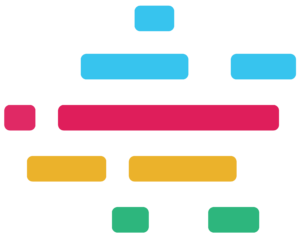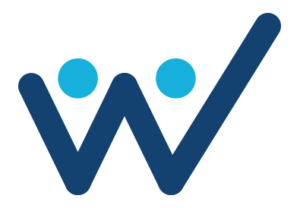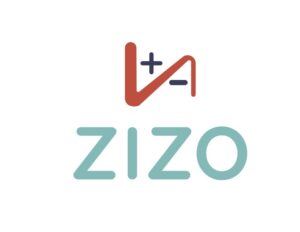What Is Employee Engagement Software With Benchmarking?
Employee engagement software with benchmarking helps businesses understand how engaged their employees are by comparing data over time or against industry standards. It helps them improve outcomes related to how connected and motivated their employees feel at work. With this feature, you can see where you are doing well and where you might need to improve.
Employee engagement software with benchmarking features offers specific information about employee strengths and weaknesses so that you can make smart decisions. Features like progress tracking and goal setting make this tool even more powerful. This combination improves employee experience and increases productivity and retention.
The Right Ways To Use Benchmarking In Employee Engagement Software
Benchmarking in employee engagement software is most effective when used strategically. Undertaking benchmarking activities with defined objectives is recommended for the best results. Define your goals clearly. What areas of engagement do you want to improve? Then, select relevant benchmarks, like industry averages, competitor data, or internal data.
Analyze the gaps and identify specific actions to address them. Benchmarking should be a continuous process, not a one-time task. Regularly track your progress, adjust your strategies as needed, and celebrate successes along the way. When used thoughtfully, benchmarking can help businesses continuously improve employee engagement.
Challenges Of Implementing Benchmarking In Employee Engagement Software
Using benchmarking in employee engagement software can be challenging for a few reasons. They are:
- Getting accurate and consistent data can be tricky, especially in large corporations.
- Employees might also resist using new tools or processes because they are used to old ways of doing things.
- Understanding the data can be difficult, too. It's easy to misinterpret it without the right skills.
- Keeping employee data private and complying with relevant laws are other issues.
To make it work, focus on training, choose easy-to-use software, and communicate clearly to help everyone feel comfortable with the changes.











